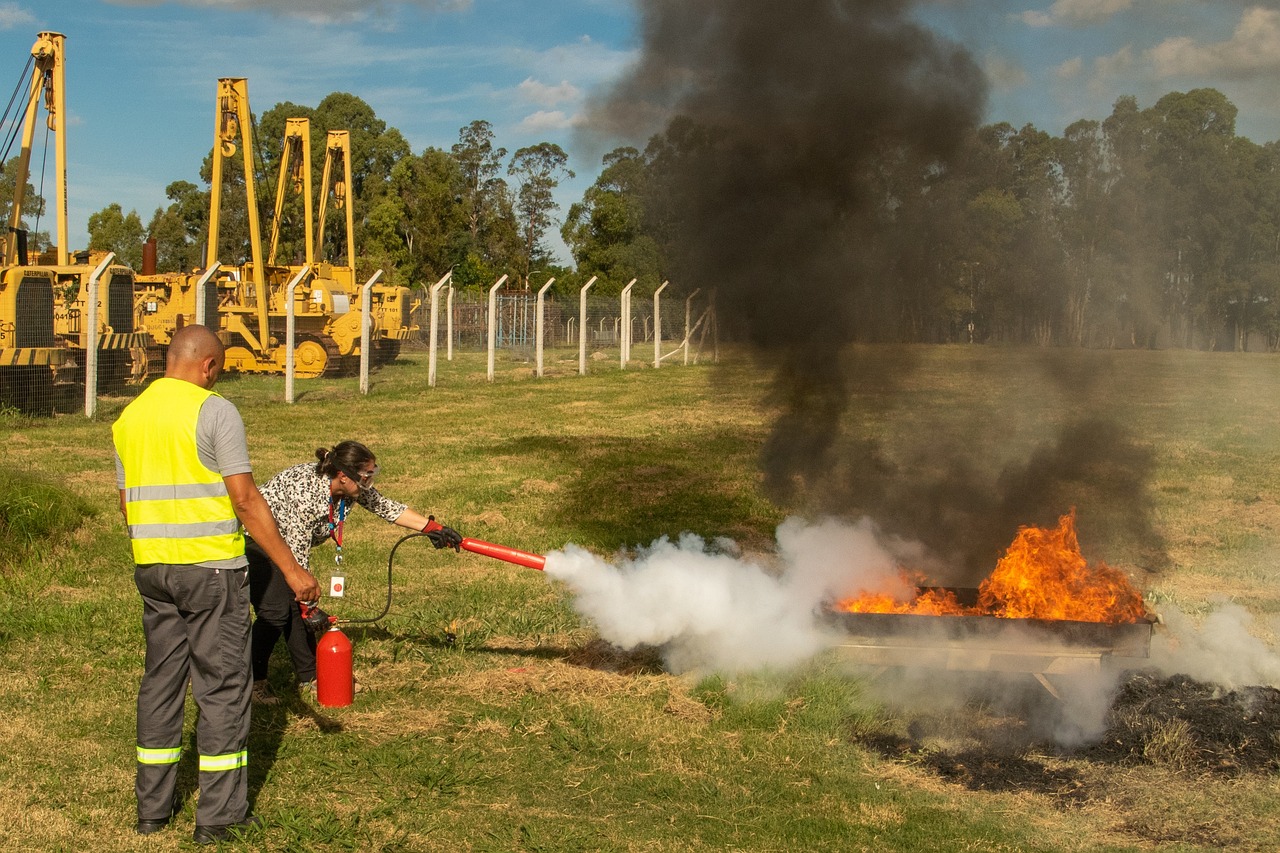
Guide To Fire Prevention and Safety Training in The Workplace
We should always be ready for any emergency, especially at the workplace. Workplace culture involves deep concentration and managing a huge amount of physical and virtual data. The employees are bound to keep the company’s important files in the office building so that the workers have easy access to them. But here’s a point. Is it safe to keep these files and data in the building without any precautions for handling emergencies? These risks pertain to theft and fire. Theft can be controlled through an efficient set of guards, but what about accidental fire?
Fire is a very dangerous threat to workplaces in Australia. The increase in bushfires over the last decade has given summer the nickname ‘bushfire season. The threat of a commercial workplace fire during the hot Australian summer is heightened as machines overheat more easily, but production levels remain unchanged. Several overheating accidents have been recorded in the country recently, especially in manufacturing-based industries.
Such situations make it necessary for the companies to find a way for the safety of the employees and safeguard the company’s assets. Fire and safety training helps equip employees to handle the situations without panicking and exit the building safely. When the offices are in difficult-to-reach areas, local fire services may take more time to reach the spot. But every second in such situations is important; therefore, learning fire prevention practices is a must!
Below are 3 steps to use as a guide to fire prevention and safety training. By teaching your employees about fire prevention measures and implementing them in the workplace, you can keep your team safe and profitable.

- Know the Source
The first step in fire and safety training for the employees is to know the source of any potential hazards.
There are several items used in the offices that come with warning labels to indicate the nature of the threat, whether contents are flammable, toxic or whether exposure to oxygen may increase the chance of ignition. While these containers offer a level of protection against exposure to direct sources of heat like an open flame, or indirect sources like a spark, caution is the key to safety. Two ways to mitigate the threat are to ensure safe distancing and adequate physical barriers between chemicals that could react on contact and spontaneously combust. Fire can spread in seconds and consume in moments.
Your employees should be able to recognise these components so that they can avoid any mishaps. Even a basic understanding of how fuel sources react to other materials, chemicals or liquids can help ensure your staff are informed and able to take preventive measures beforehand or resort to immediate action in emergencies.
- Steps to take in case of fire
Expect the worst, turn your fire safety plan into muscle memory, and achieve the best outcome.
In every situation, proper planning prevents poor performance; with fire safety, poor performance results in catastrophic damage or loss of life. Informing your employees about flammable materials and ensuring safe practices is a good first step, but accidents still happen. When they do, employers and employees need to know what to do if they are the first to detect a fire.
Firstly, they should know how to start the fire alarm and alert everyone in the building to the danger. While many offices install fire suppression systems that can activate automatically when they detect a fire, every employee should know if there is a way to manually activate the suppression system and how to do it.
Secondly, even if the above measures are taken, the employees should dial 000 to inform emergency services of the fire and seek immediate help.
In Australia, most buildings have designated ‘fire wardens’ who have undergone fire and safety training. The plan they implement should be second nature, like muscle memory, so employees know how to act without wasting valuable thinking through the steps of the plan.
- Make use of the fire extinguisher.
Every office should have required several fire extinguishers as per the area and floor of the building. Having at least two fire extinguishers on each building floor is best. But if the occupants don’t know how to use them, fire extinguishers are just wall ornaments. The employees should be taught how to use these in case of emergencies. Fire extinguishers operate at high pressure, meaning they can be a danger if not used appropriately.

Most office-based fire extinguishers are meant for small fires and have a very low capacity. A good rule of thumb is “out in 30 seconds”. If the employee can’t extinguish the fire in less than 30 seconds, they should get out of the room, close and block the door to reduce oxygen and starve the fire and inform the authorities concerned.
Conclusion
A small spark can set a building ablaze. But by knowing and acting on the steps we’ve outlined above, you can protect your employees and assets. By reaching out to fire and safety training specialists, you can ensure your employees know the common dangerous chemicals, have a plan that is committed to muscle memory and know how and when to try to put the fire out or get out.
